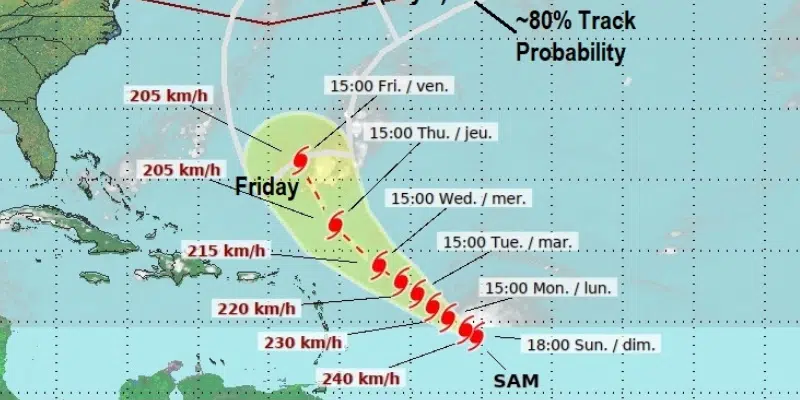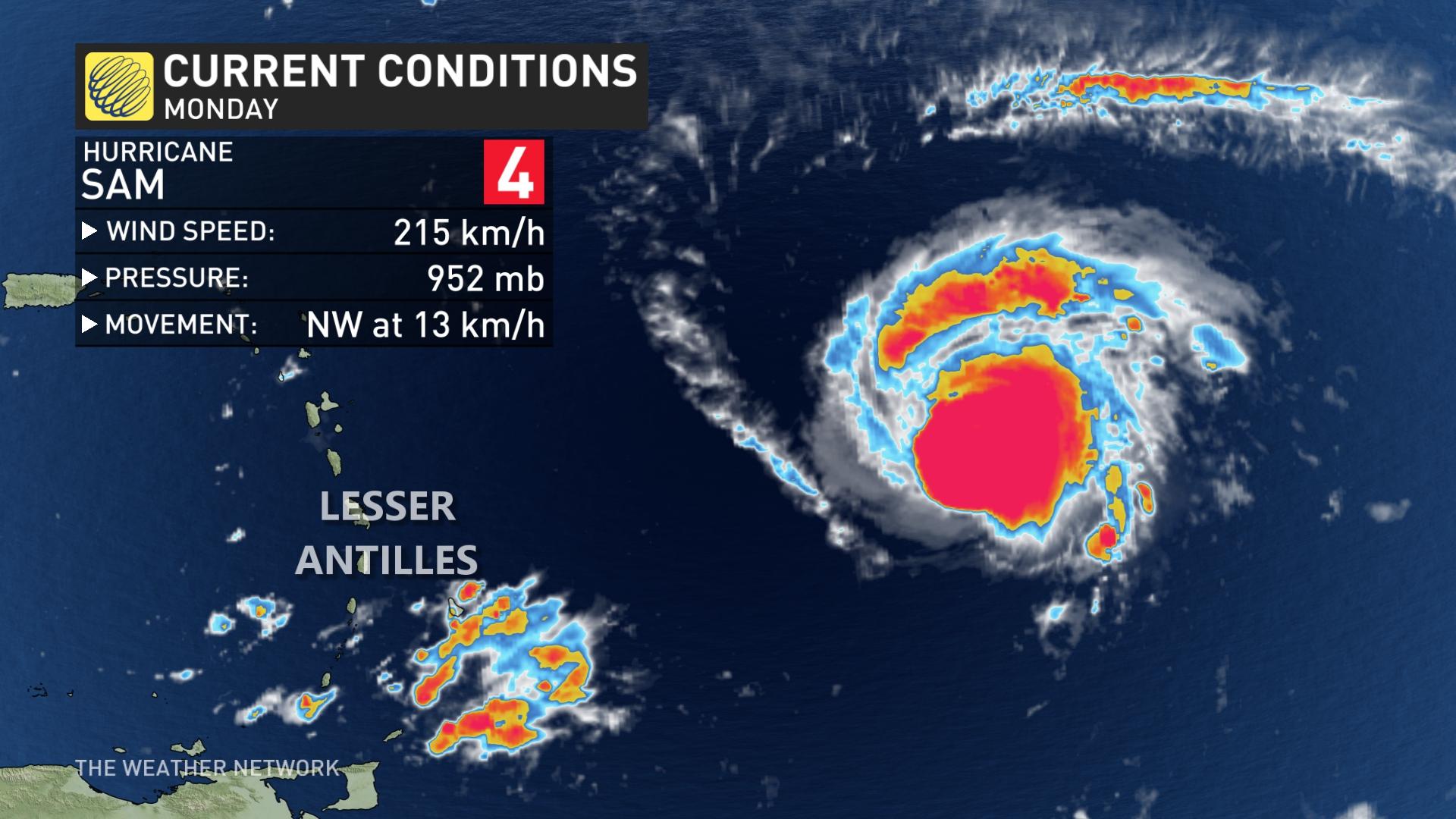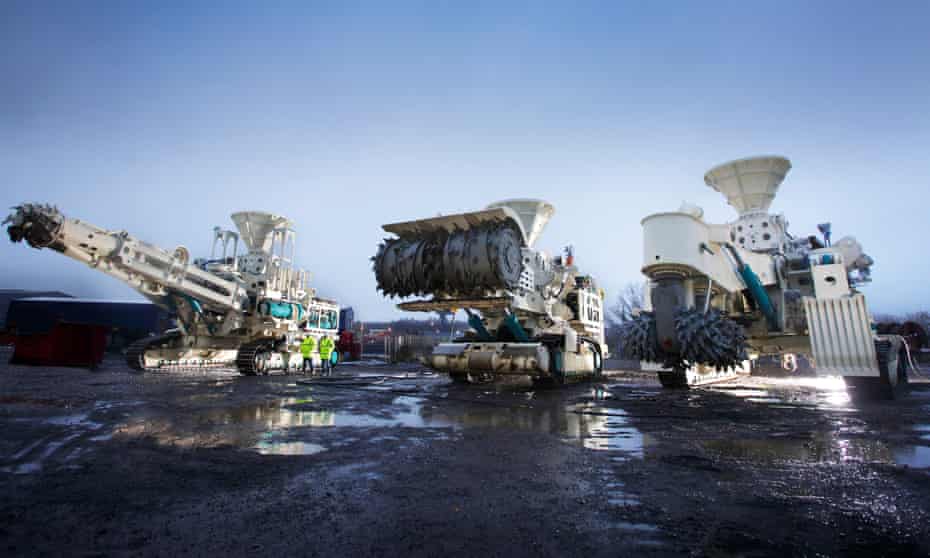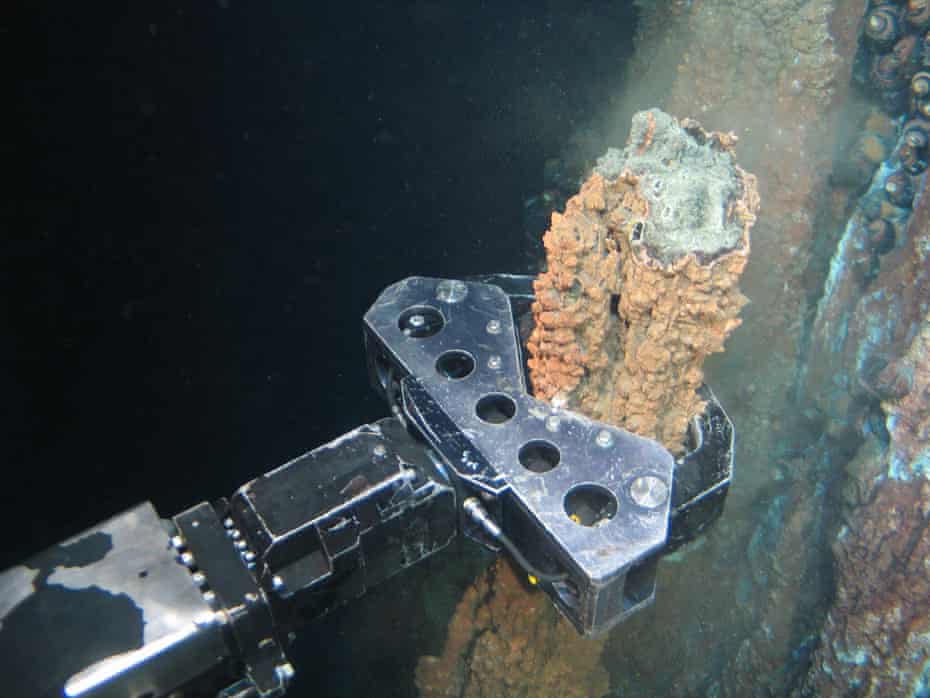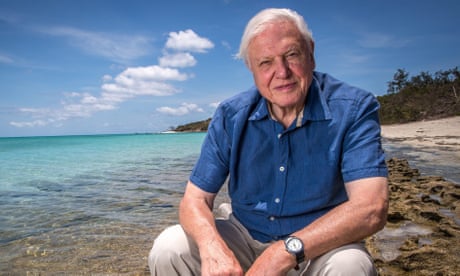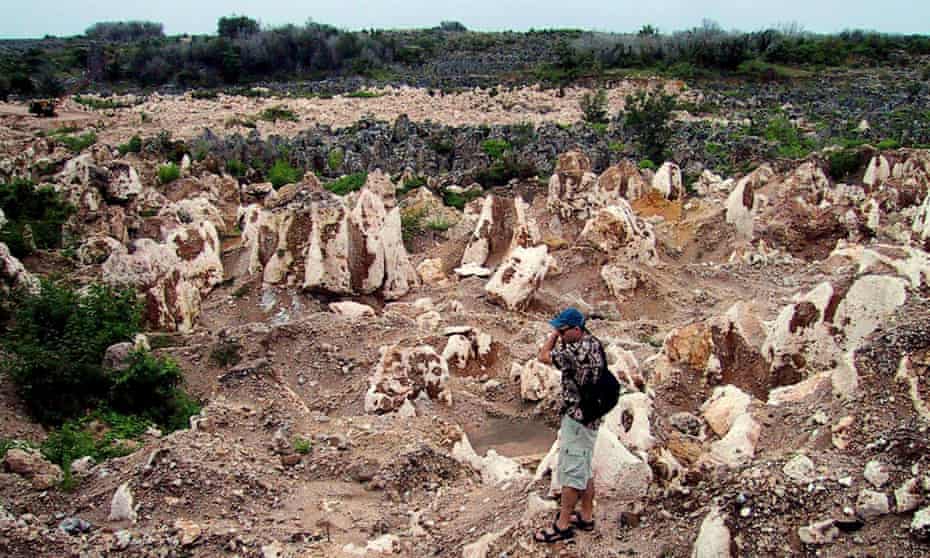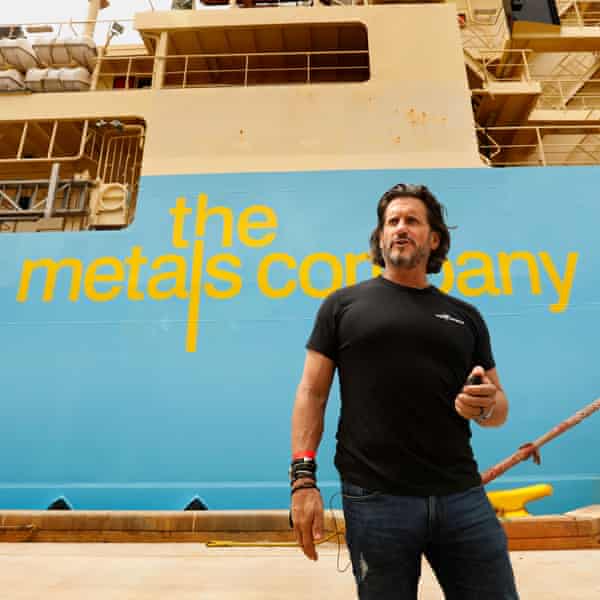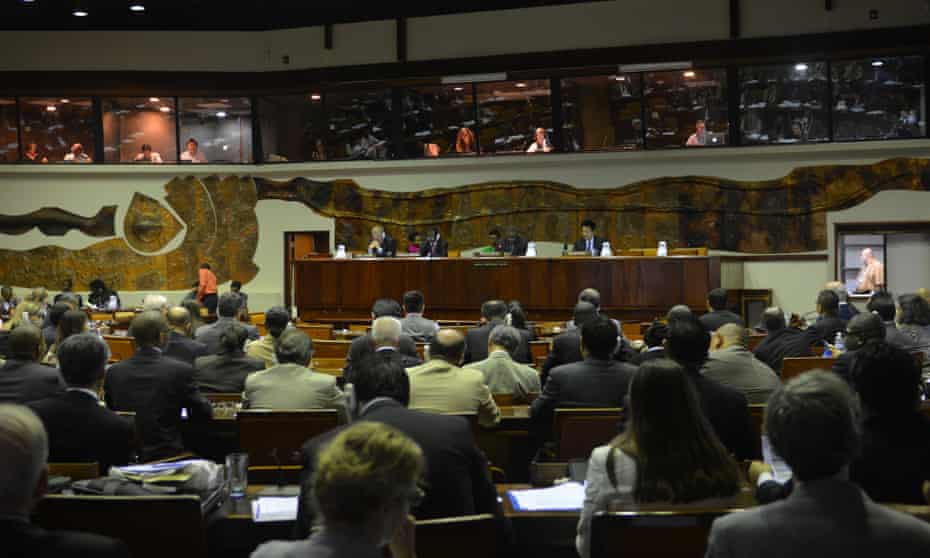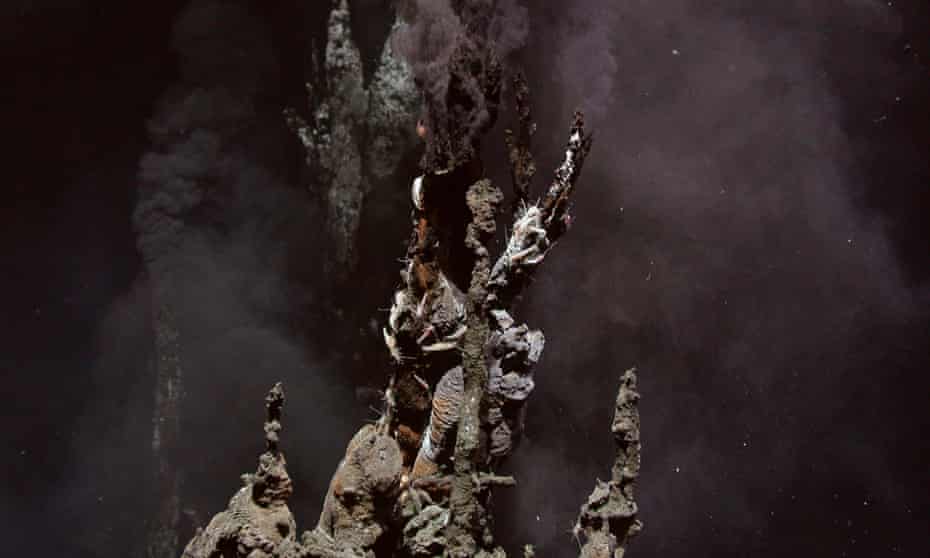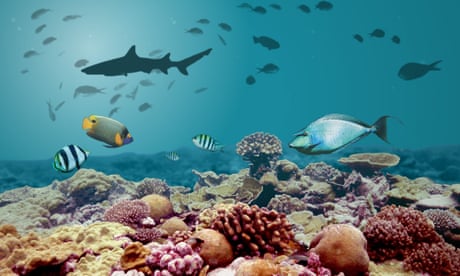Edmonton's NDP candidates hope a surge of support builds into a new orange wave
Federal party saw an average 11 percentage increase in vote share across city
The results of Monday's federal election seemed to be a repeat of the last throughout the blue sea of Alberta — with few notable exceptions.
NDP candidate Blake Desjarlais hopes he is starting a new political future in Edmonton Griesbach, where his win flipped a riding that has been Conservative in one form or another for decades.
"I think that we stand a good shot the next election at not only retaining this seat but expanding across Alberta, particularly in Edmonton and Calgary," he said.
Desjarlais' win was part of an overall trend that saw a big bump in the NDP's share of votes compared to 2019 across all of Edmonton's 11 ridings. The rise was a stark contrast to the other two major parties: Conservatives on average saw a 13.8-point drop while Liberals stagnated at a loss of around 0.1 points.
Liberal candidate Randy Boissonnault barely clinched the Edmonton Centre riding from incumbent Conservative James Cumming but hard on their heels was the NDP's Heather MacKenzie.
"The NDP in Edmonton Centre have never shown better," she said last week. "This is a historic campaign for us — we had a higher percentage of the vote than ever before."
MacKenzie's campaign finished about 4.9 per cent — around 2,000 ballots — behind the winner, and she predicts the next cycle will draw in more supporters and more resources, topping the approximately $50,000 she estimated was raised during her campaign.
"I think everybody knows we could take it in the next election," she said.
The impact of COVID-19
The province's handling of the COVID-19 pandemic likely played a part in pushing voters away from Erin O'Toole's Conservatives but the NDP, led by Jagmeet Singh, did not win all the gains, said political analyst John Brennan.
The People's Party of Canada (PPC) also saw a small bump.
But overall, Brennan believes that the federal NDP candidates were beneficiaries of the harsh criticism levelled at Alberta's UCP government by the province's NDP Opposition party.
"I really think it drove down support for the federal Conservatives in Edmonton," Brennan said.
Brennan pointed out that the NDP is not a stranger to Edmonton's electorate — in the 2019 provincial election, 20 of 21 electoral districts in the city went to the party.
But it's too early to count on an orange wave next go-around, he said.
Right now, he said, the federal NDP has a safe seat in Strathcona and a fighting chance in Centre and Griesbach. "The rest of the ridings, we'll wait and see."
There's not even a guarantee that the NDP's gains from this election will carry over into the long term, he said.
"This particular election was a unique one," Brennan said.
PPC support grew across Edmonton as it did throughout much of Alberta. In Edmonton Griesbach, the NDP victory came by around 1,500 votes — less than the 2,600 garnered by the PPC.
Whenever the next election comes, Brennan says the pandemic could be a distant memory, along with the anti-restrictions campaigning that may have seen some conservative voters go from blue to purple.
"The national election will probably be fought on entirely different issues."
In Edmonton Riverbend, NDP candidate Shawn Gray is optimistic the results signal a shift in the electorate.
"People are starting to understand that the NDP is the progressive option when stacked against the Conservatives," he said.
In his riding, the party saw a vote share increase of around 10 percentage points over both the 2015 and 2019 elections. The Conservative campaign saw around a 12-point drop since 2019 but still won with 45 per cent of the total vote.
Gray ran a COVID-conscious campaign from home, estimating he had under $10,000 in expenditures. Outreach events were cancelled, including a planned "Drag Out the Vote" drag show featuring local performers.
He hopes to take another crack at running and — bolstered by this election's results — see even more support from the party.
"I would love for Jagmeet to come to a drag event next time."









